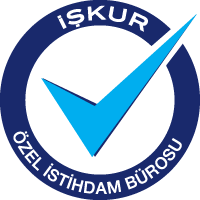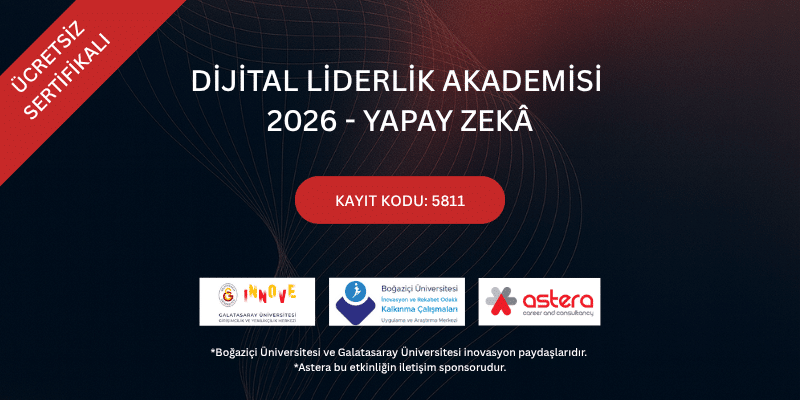How Our Seven-Dimensional Cultural Change Management Program Enables Transformation
In today’s rapidly evolving business environment, cultural alignment is no longer a soft ambition—it is a core driver of growth, innovation, and resilience. Whether you lead strategy, transformation, or growth, your initiatives will only succeed if the culture of your organization evolves in tandem.
Building on Michael M. J. Fischer’s perspective in “Culture and Cultural Analysis as Experimental Systems,” we view corporate culture as a living, adaptive system that must be understood, assessed, and redefined—not just articulated in value statements. We help organizations do exactly that through a Cultural Change Management Program anchored in seven critical dimensions of culture.
These dimensions represent the deep structure of your organization’s culture—how it functions, adapts, and ultimately enables performance. Below, we present each dimension and our tailored strategic recommendation to address it effectively.
1. Relationships
The nature of relationships within and around the organization—across functions, generations, geographies, and with emerging technologies—defines how collaboration and trust evolve. As AI and automation reshape human interaction, organizations must actively manage this shift.
Our recommendation: Implement an Innovation Management Program to strengthen stakeholder collaboration. It includes External Innovation and Internal Innovation subprograms to foster co-creation, accelerate learning, and rebuild trust across your ecosystem.
2. Complexity
As organizations scale, they encounter growing layers of operational and stakeholder complexity. This can erode decision accuracy, cost control, and agility. A reactive approach to complexity results in fragmentation; a strategic one builds coherence.
Our recommendation: Deploy a Network Values Program to establish a shared cultural framework that promotes clarity and connection. Subprograms include Core Values, Story Writing, and Storytelling, aligning narratives across the organization.
3. Dependency
No organization operates in isolation. Internal and external dependencies shape outcomes by enabling—or hindering—cross-functional effectiveness. These interdependencies must be intentionally designed to foster value creation beyond silos.
Our recommendation: Launch an Integrated Operating Model Program to create seamless alignment across people, processes, and platforms. Subprograms include Process Innovation, Talent Development, and Business Infrastructure, forming a unified virtual organization.
4. Symbolism
Symbols—be they words, acronyms, graphics, or software conventions—carry cultural meaning. When symbols are ambiguous or misaligned, confusion and disengagement follow. Clear and consistent interpretation of symbols drives unity and purpose.
Our recommendation: Establish a Communication Program to strengthen cultural coherence through intentional messaging. It includes Communication Design and Stakeholder Communication subprograms to enhance understanding and engagement both internally and externally.
5. People Transformation
As markets evolve, so must people. Capability gaps emerge when individuals or organizations lag behind changing demands. Transforming people is not only a necessity but a growth opportunity—when guided correctly.
Our recommendation: Initiate a Capability Development Program to build future-ready talent. This includes Sellers as Friends, Users as AI Coders, and Leaders as Teachers, ensuring your workforce evolves with relevance and impact.
6. Organizational Forms
New challenges require new organizational structures. From agile task forces to autonomous units powered by agentic AI, transformation demands rethinking how work is organized and who is accountable.
Our recommendation: Design and implement an Organizational Methods Program to explore new forms of work and structure. Sub-programs include Effectiveness Analysis, Structures Design, and Structures Implementation, enabling adaptive, efficient operating models.
7. Emerging Forces
Organizations must contend with overlapping global shifts—AI, ESG, regulation, pandemics, and beyond. These forces disrupt assumptions and demand strategic reinvention. Culture must be able to absorb shock and support renewal.
Our recommendation: Create an Impact Research Program to monitor and respond to emerging forces. With sub-programs in Emerging Forces Research and Impact Analysis, leaders are equipped to anticipate change and act with clarity.
Culture by Design, Not by Default
Successful transformation is not just technical or strategic—it is deeply cultural. Our Cultural Change Management Program equips executive leaders with a structured approach to redesign culture as a system that supports agility, trust, innovation, and resilience.
If your organization is preparing for a major shift—or already experiencing one—let’s start a conversation on how to realign your culture for long-term performance.
Contact us to explore how our seven-dimensional model can support your next phase of growth and transformation.





